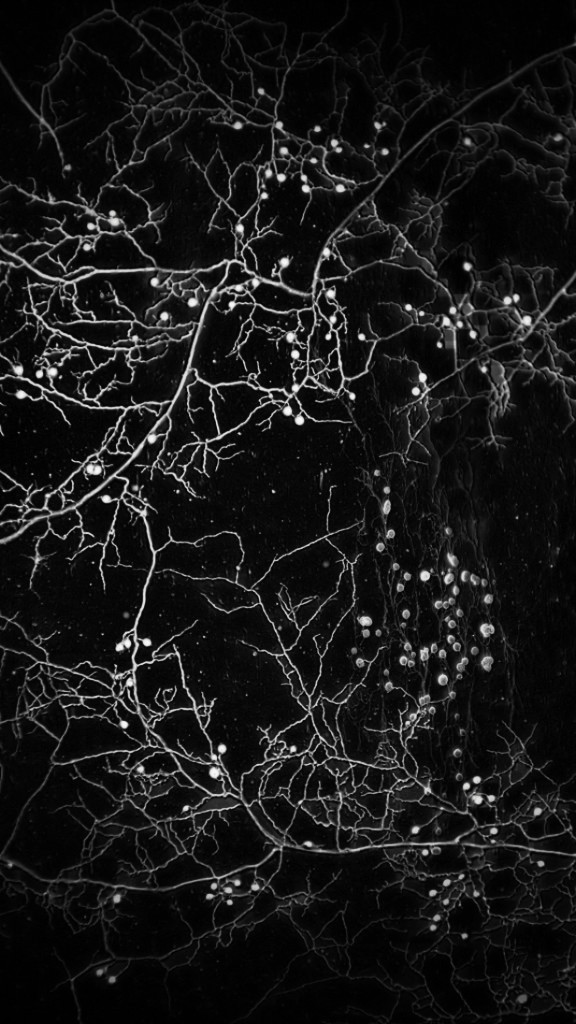While the ideas and concepts advocated by permaculture hold promise in terms of striving toward ecologically-geared food sovereignty, there are some issues with the polarizing ways in which its proponents often portray it.
Oftentimes, permaculture is presented by counterposing it to industrial agriculture. The staggering socioecological horrors of statist industrial agriculture should not be understated; its systematic extractive drives destroy both human and non-human communities in a manner akin to strip mining. Indeed, in many respects the overall socioecological toll of high modernist industrial agriculture may be considered higher than the most environmentally egregious forms of mining.
With this acknowledged, there are millennia of food-production techniques that fall somewhere in between or wholly outside of the ambit of this dualistic paradigm. To suggest otherwise seems to either display ignorance or a kind of dogmatic devotion to permaculture, which is simply a particular growing style. We do a disservice to ourselves and our more ecologically-minded predecessors to ignore the far-reaching history of agriculture that did not fit squarely into either category yet still remained ecologically harmonious.
For instance, many prior indigenous cultures engaged in annual crop production wherein tools were used to cultivate bare earth: disturbing the soil to prepare ground and contend with weeds. They did this in ways that were regenerative and, in many cases, produced higher yields than contemporaneous European methods (see The Paradox of Plows and Productivity: An Agronomic Comparison of Cereal Grain Production under Iroquois Hoe Culture and European Plow Culture in the Seventeenth and Eighteenth Centuries). This helps to illustrate that not all forms of agriculture which employ methods of tillage and cultivation are ipso facto anti-ecological.
The point is that, just as moving towards a free society necessarily requires myriad approaches and techniques, the same concept applies to reaching free and ecological food production systems. There is no singular path to follow; there are many, each contingent on a slew of complex socioecological factors that eschew polarizing dualistic representations.
Moreover, the bulk of the ideas in permaculture are not new. I would be remiss not to mention the fact that many indigenous people have criticized permaculture for taking bits and pieces from traditional knowledge and repackaging it as something new and original, without giving due credit or recognition to the indigenous communities that have been utilizing these techniques for time immemorial. That permaculture appropriates this knowledge and culture without respecting the people who developed it is not something that should be glossed over.
This is not coming from a position advocating a kind of cultural-intellectual property but that of one which sees acknowledging the rich cultural history of these methods is not only respectful to people who face the brunt of ongoing colonial and state violence but also provides a socioecological point of departure for further investigation.
In the end, besides a scientistic-colonial bias and its implicit racism, I can’t seem to think of many reasons to obscure or strip away the origins of these methods other than it being an opportunistic exercise in “product branding”. Of course, this does not apply to all who are permaculture practitioners. There are indeed genuine good hearted people within the milieu. Yet, it seems important to note that there do exist opportunistic ‘radical’ influencers whose desire to build a personal brand may exceed their purported liberatory or ecological goals.
In the end, permaculture does hold promise as a method – one method – to strive towards ecologically-geared food sovereignty, but it is important to acknowledge its limitations and the fact that many of its ideas are not new, having been practiced by indigenous communities for centuries upon centuries. To truly move towards free and ecological food production, we must recognize and respect the diverse approaches and techniques that have been used historically and are used presently, rather than subscribing to singular, polarizing perspectives.
